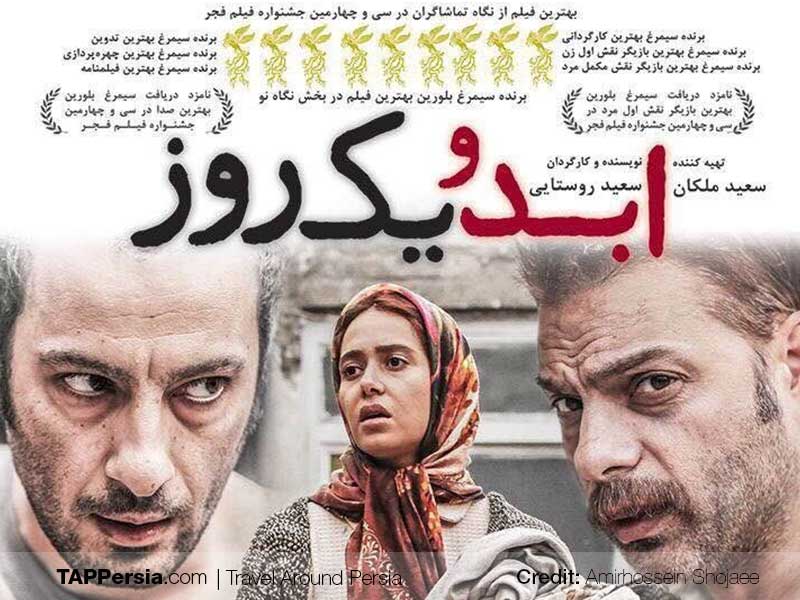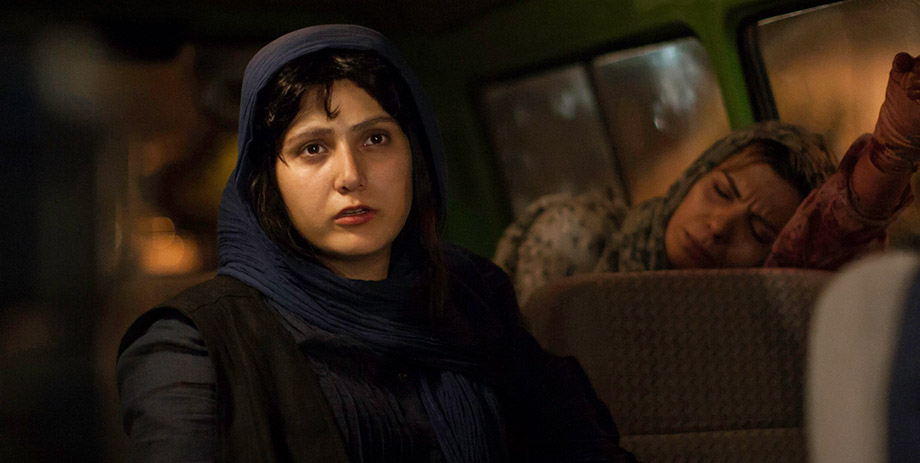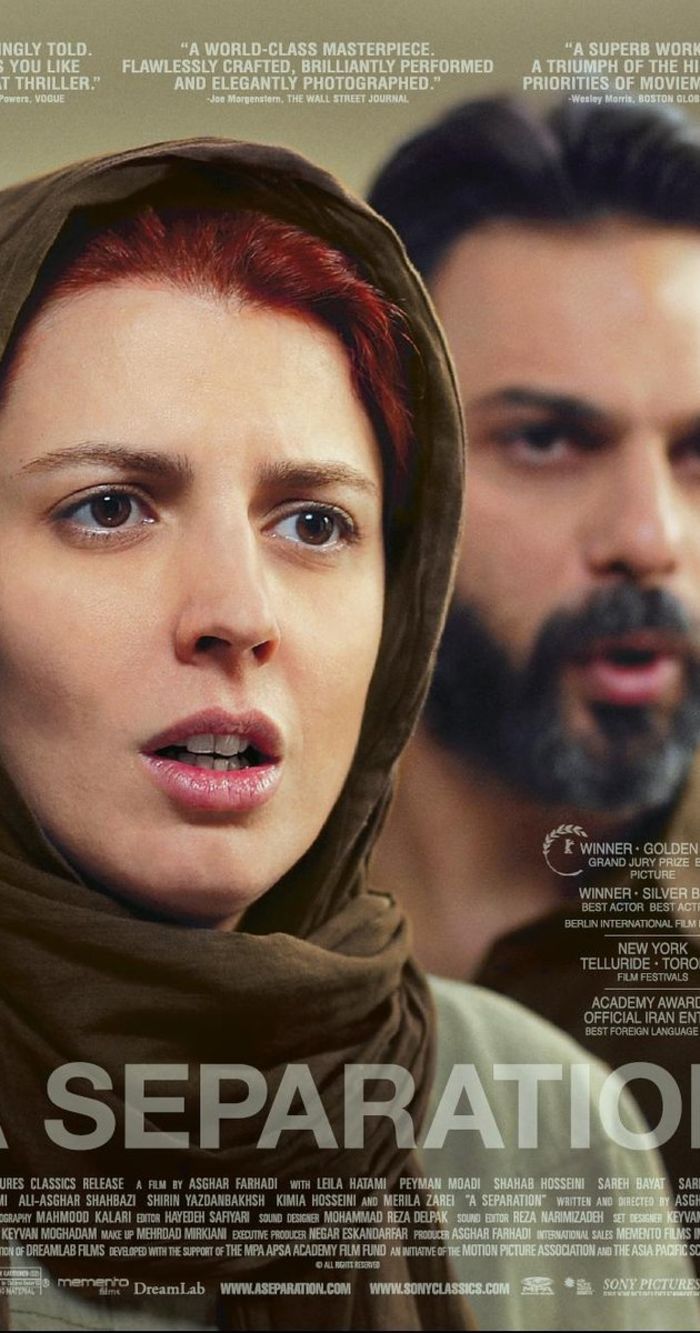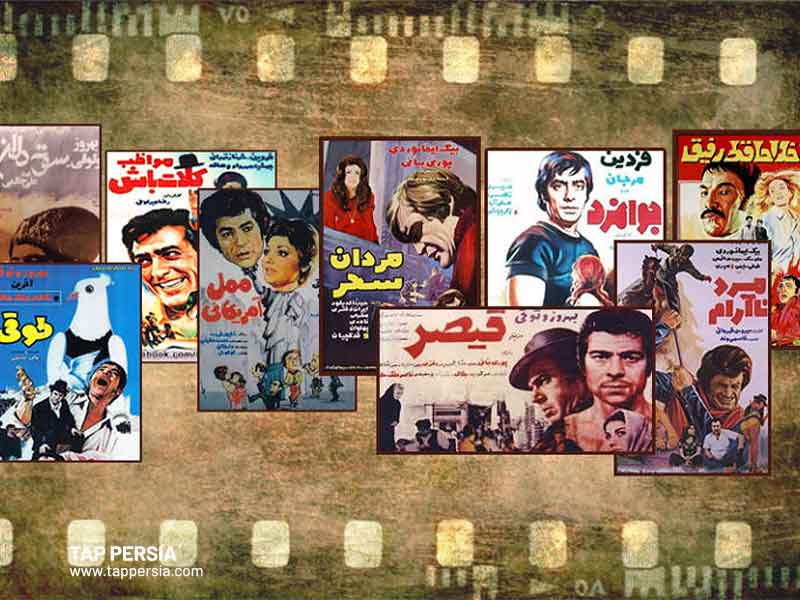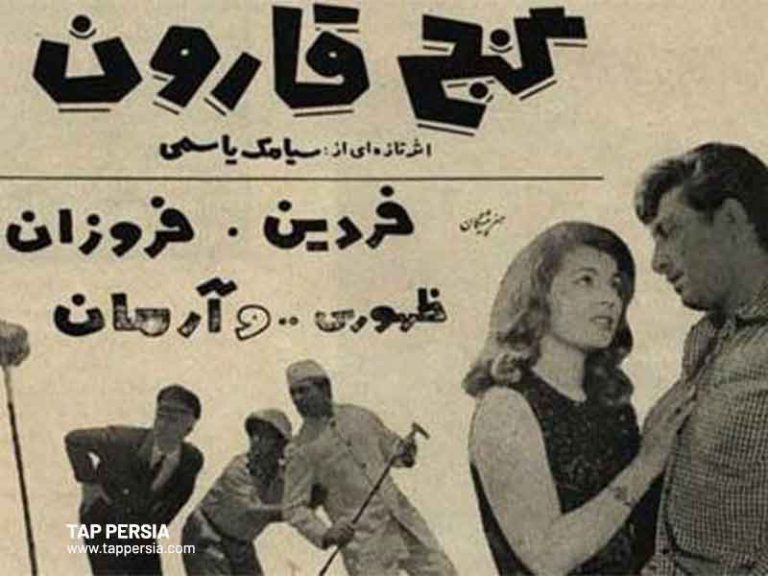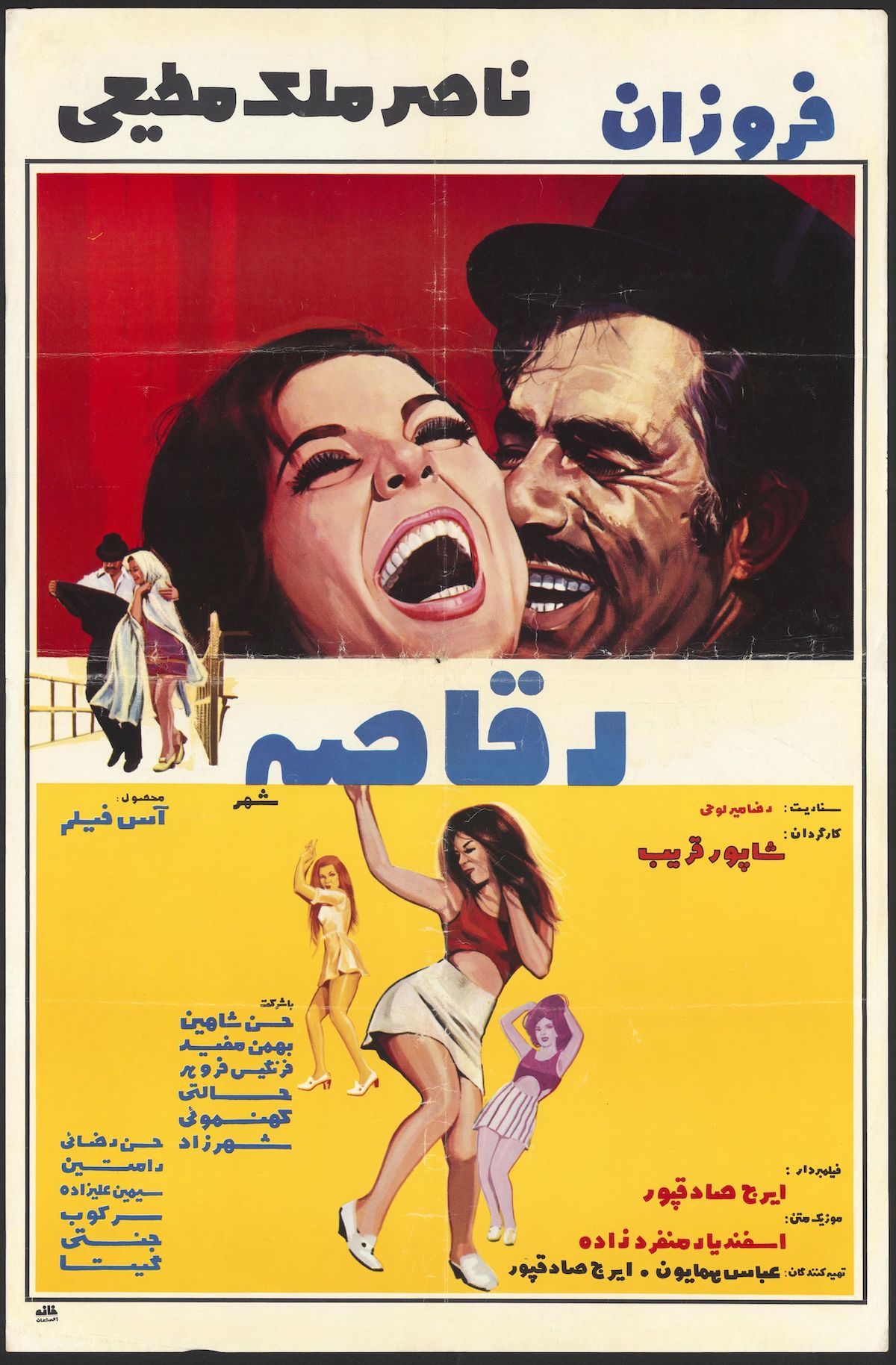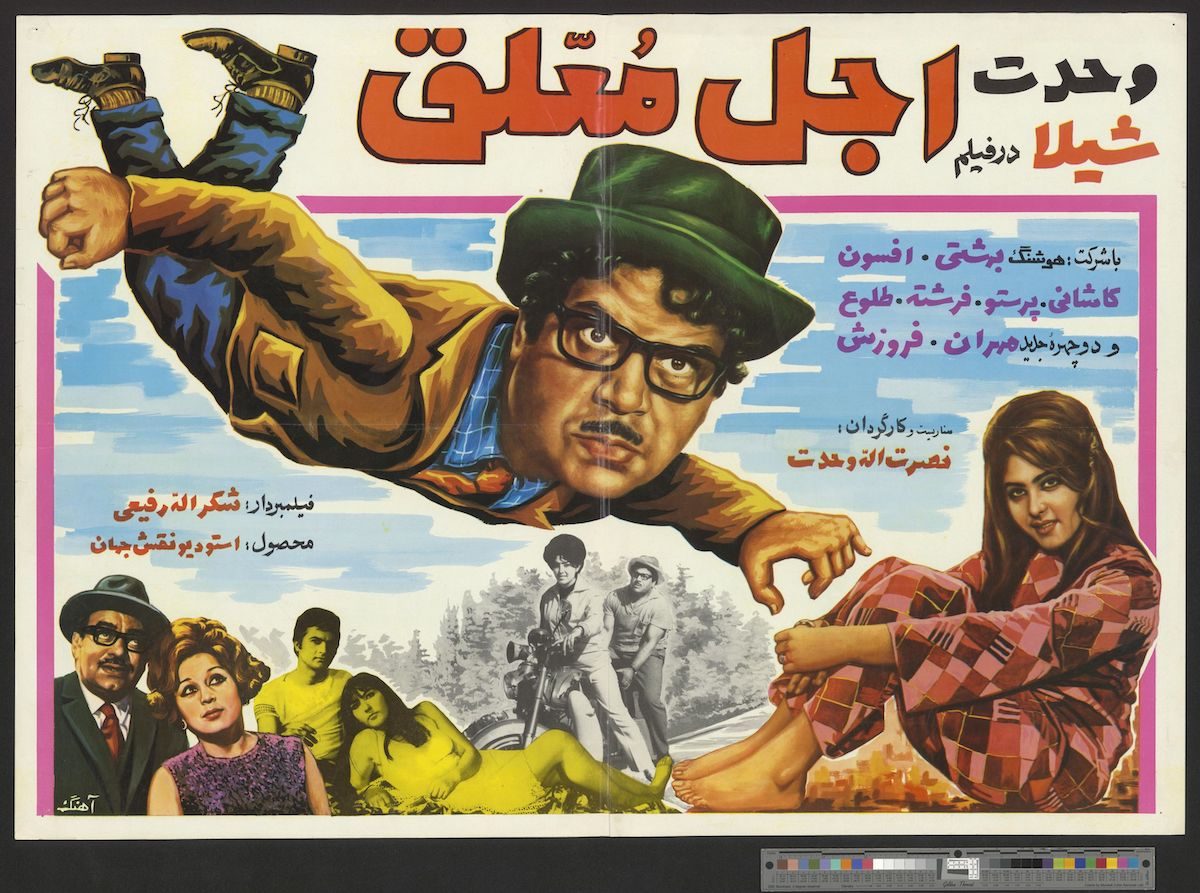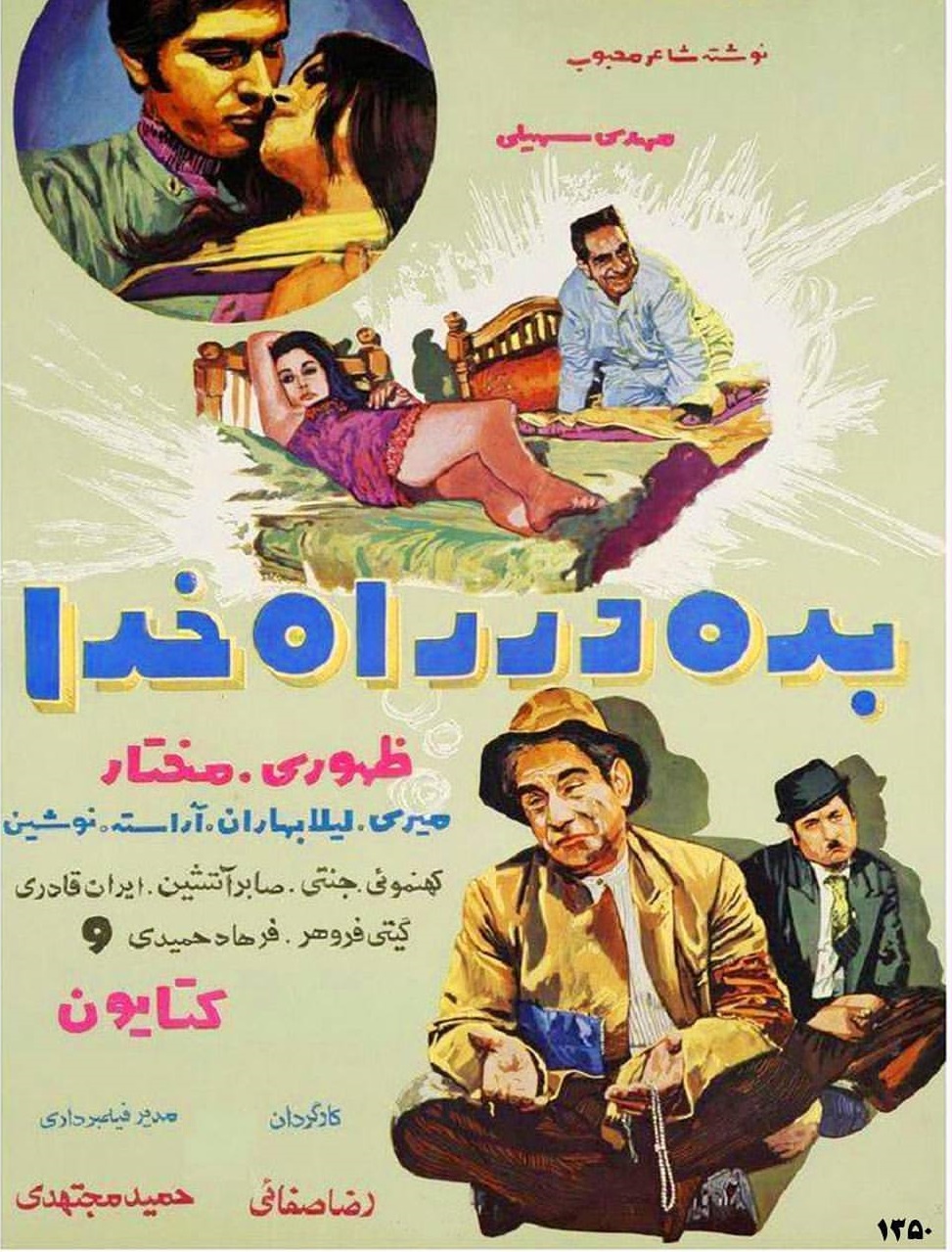Iranian Marketplace Gone Bad Full Movie
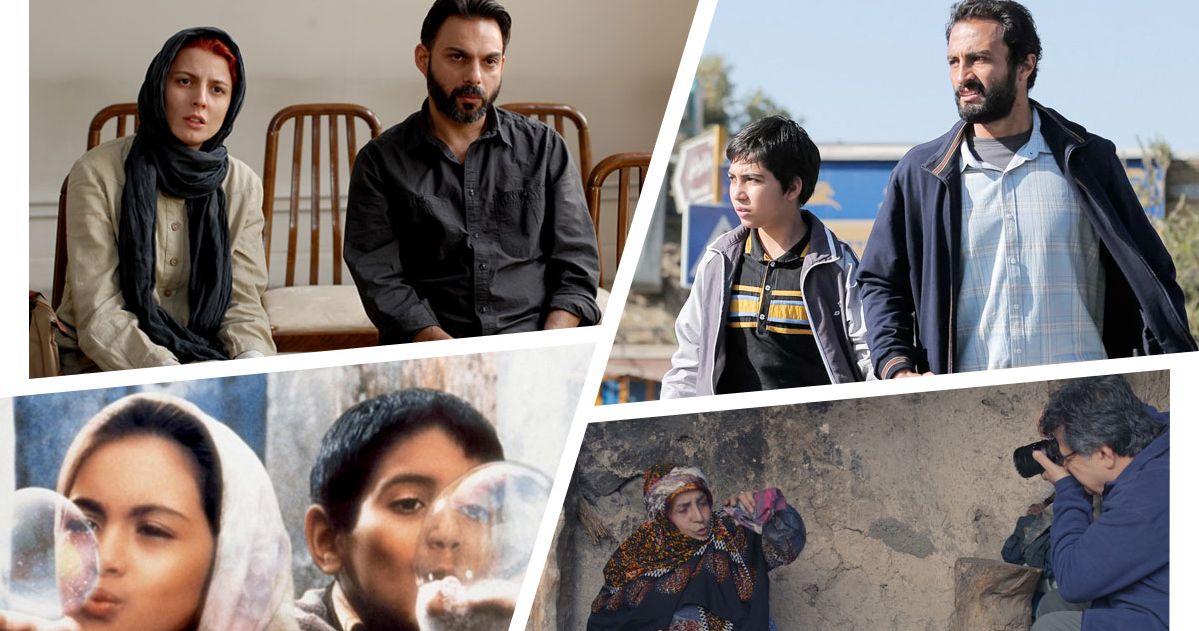
Imagine the scent of saffron and roasting nuts hanging heavy in the air, the vibrant hues of hand-woven carpets swirling before your eyes. The bustling energy of a traditional Iranian marketplace, a place where generations have connected through trade and shared stories, usually evokes a sense of warmth and community. But what happens when that idyllic picture is shattered, replaced by a narrative of alleged exploitation and misrepresentation? This is the complex story surrounding the movie, unofficially referred to as "Iranian Marketplace Gone Bad," a film generating both significant controversy and important discussions.
At the heart of this controversy lies a film accused of perpetuating harmful stereotypes and potentially misrepresenting Iranian culture through its depiction of marketplace dynamics. This article aims to unpack the complexities surrounding this movie, exploring the accusations against it, its potential impact, and the broader conversation it sparks about cultural representation in media.
While details surrounding the film are scarce due to limited official information and lack of widespread release, the controversy it ignited is very real. Accusations center around the portrayal of Iranian merchants, suggesting they are depicted in a negative light, perhaps engaging in dishonest practices or exploiting customers. This has sparked outrage within some communities who believe the film relies on tired and harmful stereotypes.
The concept of the bazaar, or marketplace, is deeply ingrained in Iranian culture and history. It's more than just a place to buy and sell goods; it's a social hub, a place for connection, and a living testament to the country's rich heritage. Generations of families have built their livelihoods within these bustling environments, passing down traditions and fostering a sense of community.
Misrepresenting such a significant cultural institution can have far-reaching consequences. It can perpetuate negative stereotypes, influence perceptions of Iranian people and culture, and even affect business relationships. Organizations dedicated to promoting accurate and respectful portrayals of diverse cultures in media are becoming increasingly vocal about the need for responsible filmmaking.
The importance of accurate and nuanced cultural representation in media cannot be overstated. Studies have shown that media portrayals can significantly shape public opinion and influence how people perceive different cultures. When films rely on stereotypes, they risk reinforcing prejudice and hindering understanding.
The controversy surrounding this specific film highlights the broader challenge of balancing artistic freedom with the responsibility of cultural sensitivity. Filmmakers have a right to tell stories, but they also have a responsibility to be mindful of the potential impact of their work, especially when depicting cultures unfamiliar to their audiences.
This incident can serve as a reminder of the power of film and the importance of critical media consumption. It encourages viewers to question the narratives they are presented with and to seek out diverse perspectives that offer a more complete and accurate understanding of different cultures. Responsible filmmaking starts with awareness and a commitment to presenting authentic and respectful portrayals.
Moving forward, open dialogue between filmmakers, cultural experts, and community representatives is crucial. By engaging in constructive conversations, we can work towards creating media that not only entertains but also fosters understanding, respect, and appreciation for the rich tapestry of human cultures. The goal is to move beyond harmful stereotypes and embrace the complexities and nuances that make each culture unique.
Ultimately, the story, or lack thereof, around the film unofficially titled "Iranian Marketplace Gone Bad," underscores the vital role media plays in shaping perceptions. Let this be a catalyst for more thoughtful and responsible storytelling, stories that bridge cultural divides and celebrate the diversity of our world. Perhaps, one day, a film will accurately and lovingly show the traditions of the Iranian marketplace.
